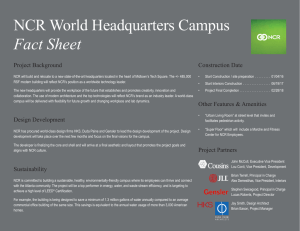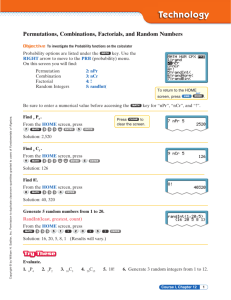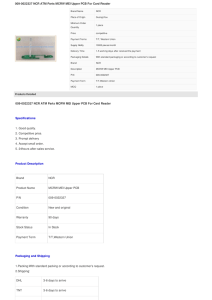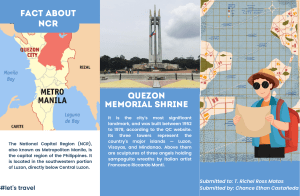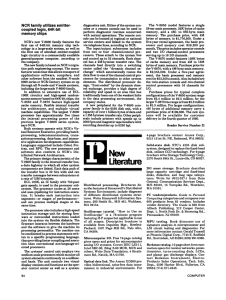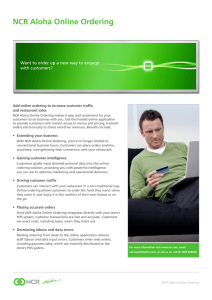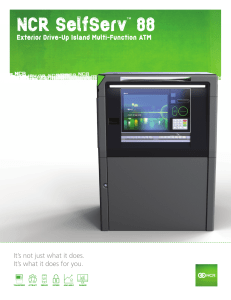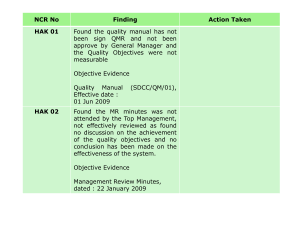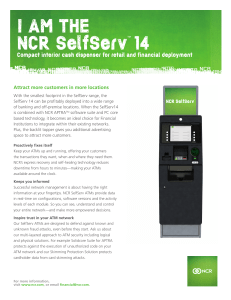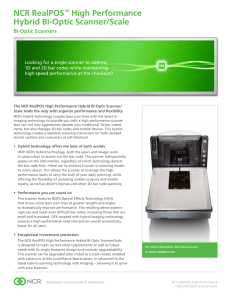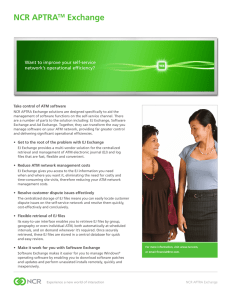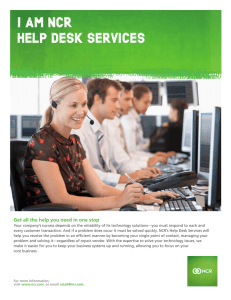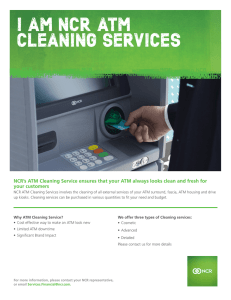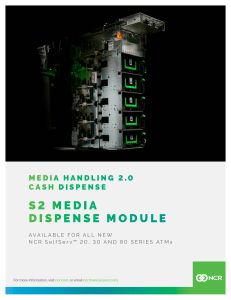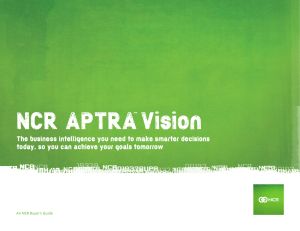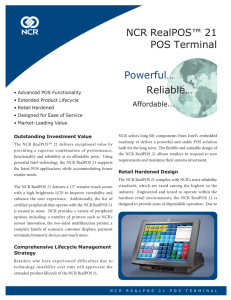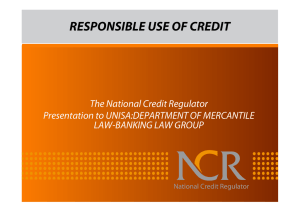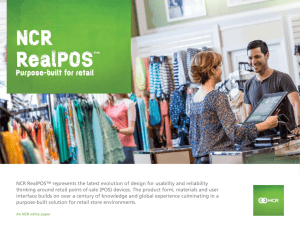Partnerships with Industry Dr. Susan Williams Georgia Southern University SIGCSE 2009
advertisement
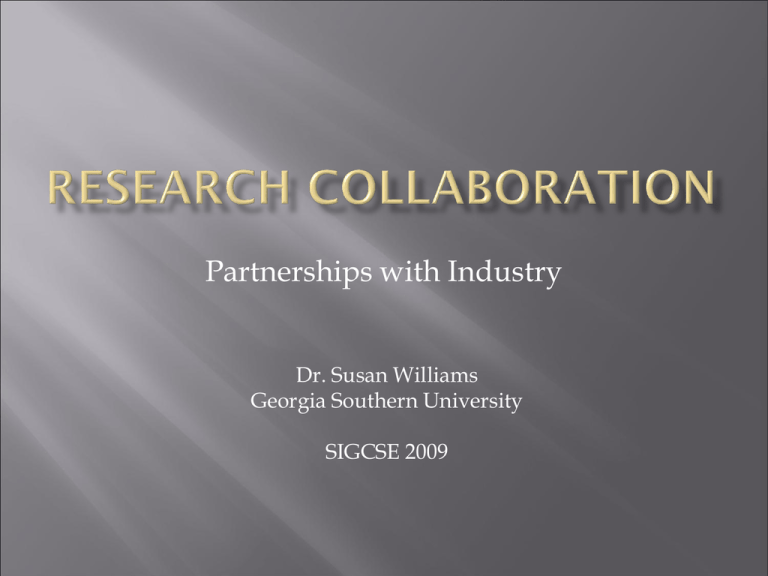
Partnerships with Industry Dr. Susan Williams Georgia Southern University SIGCSE 2009 Why collaborate? Bring together different perspectives and skills Achieve synergistic outcomes Improve research productivity Typical collaborations Your colleagues and students Interdisciplinary Across academic institutions With research labs A different approach: An example from a “teaching-first” institution Benefits Resources required Pitfalls to avoid Partnership between Georgia Southern University and NCR Corporation to develop next generation of one of NCR’s point-of-sale systems How it began Why Georgia Southern??? Role of new College of IT Role of Intellectual Capital Partnership Program (ICAPP) My role NCR donated the IP (source code and hardware) More than one million lines of code Valued by Ernst & Young at $2.7 million GSU assumed responsibility for software development Migration to touch screen hardware New functionality and features Translation to Chinese and other foreign languages Customizations for large clients (US Customs and Border Patrol, Tim Horton’s Donuts, Amtrak) GSU has a royalty arrangement with NCR which generates a revenue stream as new licenses are sold Customizations for large clients are negotiated on a cost-plus basis ICAPP continues to invest in the project Benefits to the company Maintain and enhance (at no R&D cost) a product that would otherwise have been shelved Tax write-off for donation Benefits to academic programs and institution Reputation and credibility Enhanced relationships with employers Demonstrated “proof of concept” for university outsourcing Benefits to the faculty/project manager Access to industry problems, code, data, & users Benefits to students Real-world work experience while still in school Employment opportunities with the company after graduation Benefits to the region Led to several other smaller partnerships with regional companies Police Agency Data Network CogentWare (Business Intelligence) Morris Multimedia ColorMaria And others IT workforce development in rural Georgia Funding source for start-up Legal support/expertise Physical space and furnishings Administrative support Training Initial knowledge transfer from NCR Ongoing (with students) Software and hardware to support development Source code repository and configuration management Server(s) Reference library A full-time technical “guru” – probably not a faculty member An “executive sponsor” who can solve the nontechnical problems Pool of capable students (across disciplines) A lot of patience and determination Universities are often not accustomed to “profitcenter” initiatives You must “think outside the box” Secure top-level support before you begin (in writing if you can) Allow ample time to process legal contracts and set up revenue accounts Work with HR and Budget offices to figure out how to do what (they will tell you) “can’t be done” Recognize need for (and secure) administrative support Be honest with yourself about your capabilities, those of your students, and those of your department/university Develop a rigorous training program Set high standards for performance and stick to them Hire the right students (and fire those who don’t perform) Make sure that your efforts will be recognized as “valuable contributions” in tenure & promotion decisions Continue scholarly research if possible Toot your own horn! Know when to hand it off to someone else
